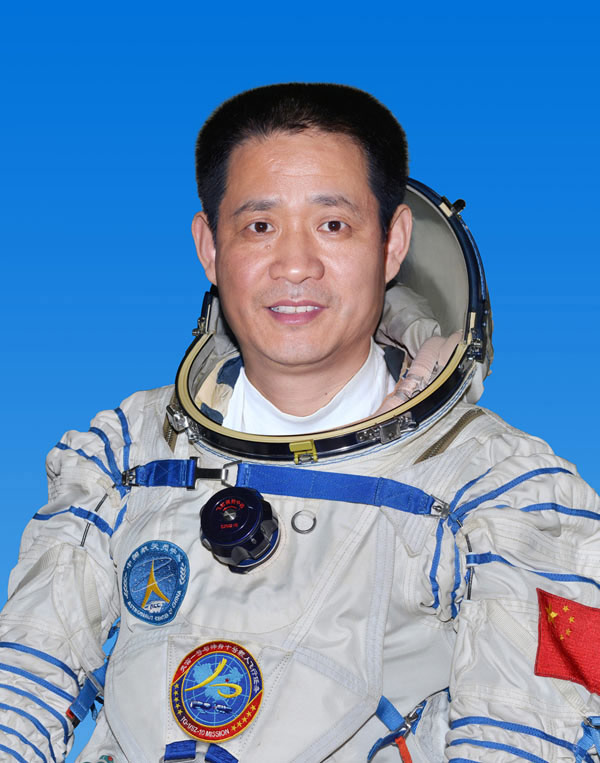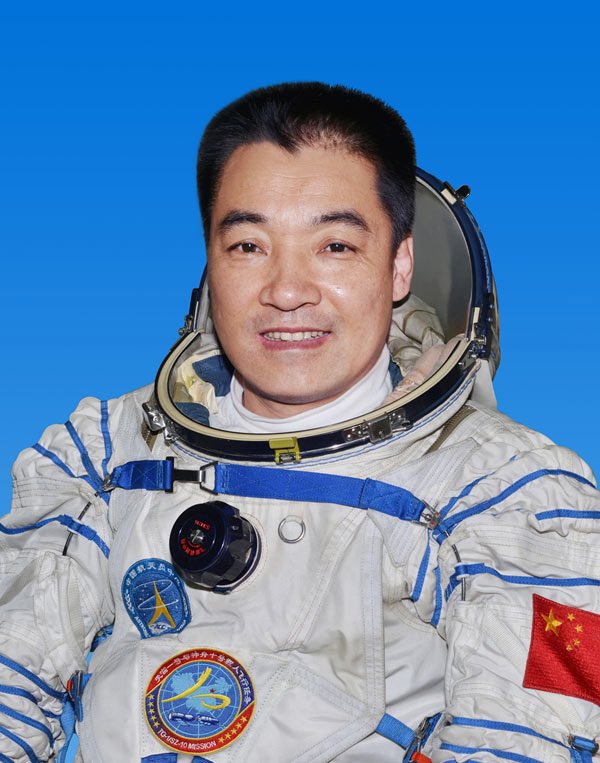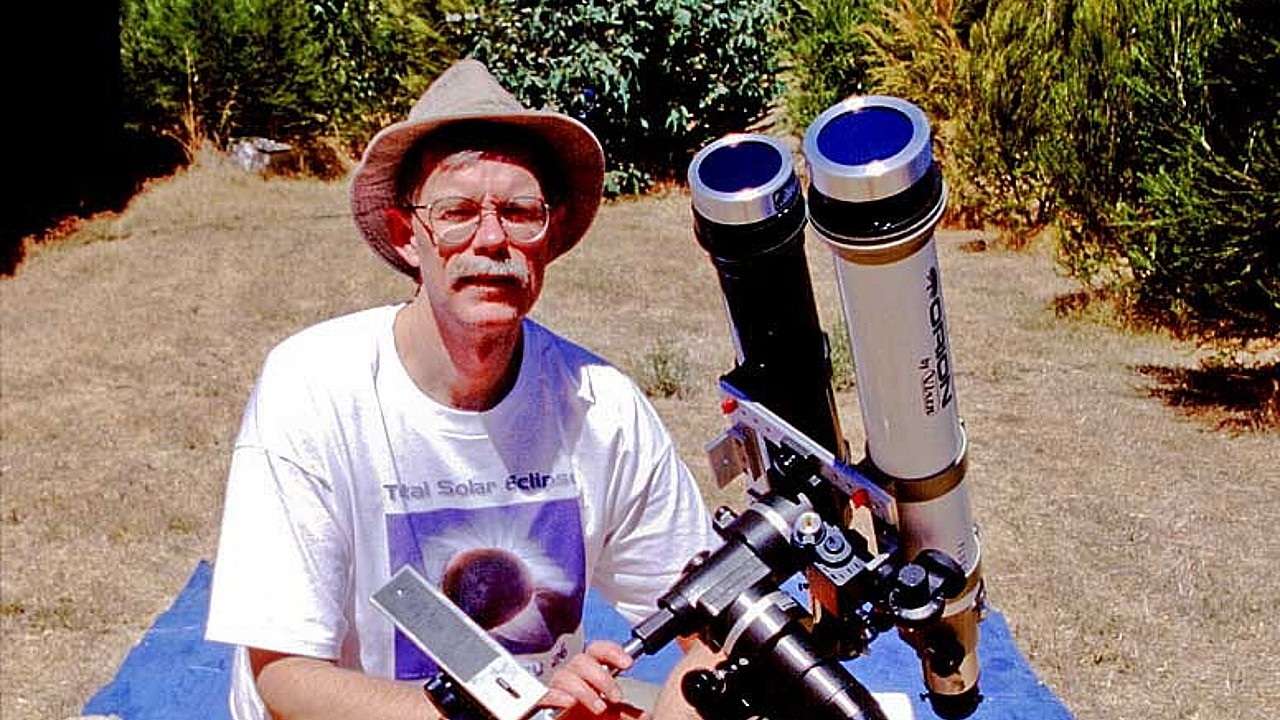
Crew Announced for China's Space Launch Tuesday

China plans to launch three people on its fifth manned space mission Tuesday (June 11), officials announced over the weekend.
China's Shenzhou 10 piloted spacecraft will be launched at 5:38 p.m. Beijing time (5:38 a.m. EDT (0938 GMT)) with a three-person crew from the Jiuquan Satellite Launch Center in the Gobi desert.
Wu Ping, spokeswoman for China's manned space program, announced the names of the three Shenzhou 10 astronauts on Monday (June 10). They are:
- Nie Haisheng is a Chinese military pilot and China National Space Administration (CNSA) astronaut. In 1998, Nie was selected for the Chinese spaceflight program and was one of three candidates to train for the Shenzhou 5 flight, China's first piloted space mission. Yang Liwei was picked for the flight, with Zhai Zhigang ranked second ahead of Nie. Nie flew into orbit, along with Fei Junlong (commander), as flight engineer of the Shenzhou 6 flight on Oct. 12, 2005. The mission lasted just under five days. [China's 1st Manned Space Docking Mission (Pictures)]
- Zhang Xiaoguang is a Chinese pilot selected as part of the Shenzhou program. He was born in Liaoning province and was a squadron commander in the People's Liberation Army Air Force when he was selected to be an astronaut in 1998.
- Wang Yaping, a former air force pilot, will become China's second female astronaut in space after Liu Yang, who was onboard the Shenzhou 9 mission in 2012. Wang, 35, was selected as an astronaut in 2010 and will work with her colleagues on the orbiting space lab module for 15 days.
Gobi desert liftoff

Meanwhile, preparations continue for the Shenzhou 10 spaceship, atop its Long March 2F rocket booster at the Jiuquan Satellite Launch Center in Gansu province.
Once in orbit, Shenzhou 10's crew is to rendezvous and dock with the nation's Tiangong 1 space module, which is already circling Earth. The module's orbit has been adjusted in preparation for the forthcoming visit by the Chinese astronauts.
During Shenzhou 10's mission of 15 days, there will be two docking tests with the Tiangong 1, one automatic and the other manual, Wu said.
Get the Space.com Newsletter
Breaking space news, the latest updates on rocket launches, skywatching events and more!
The 8.5-ton Tiangong 1, or Heavenly Palace 1, has been circuiting Earth since September 2011 and was used in China's first piloted rendezvous-and-docking venture — the three-person Shenzhou 9 space trek — in June 2012.
The Shenzhou 10 mission will be China's fifth piloted space sojourn. The first Chinese astronaut, Yang Liwei, orbited Earth in 2003. Before this upcoming mission, eight Chinese astronauts — including one woman, Liu Yang — have traveled into space.
Modest station

"As first space stations go, Tiangong 1 is rather modest … just less than half the mass of the world's first space station, the Soviet Union's Salyut 1. Launched in 1971, it had a mass of about 18.6 metric tons. The first U.S. space station, Skylab, launched in 1973, had a mass of about 77 metric tons," noted Marcia Smith, editor of SpacePolicyOnline.com, in a recent posting.
By comparison, Smith said, the International Space Station has a mass of about 400 metric tons and has been permanently occupied by crews of two to six people rotating on four- to six-month missions for the past 13 years.
Chinese media outlets report that the Shenzhou 10 mission will be the last of three planned experiments to master the technologies of space rendezvous and docking. The experiences gained will enable China to build and operate a large space station around 2020, officials have said.
Leonard David has been reporting on the space industry for more than five decades. He is former director of research for the National Commission on Space and is co-author of Buzz Aldrin's new book, "Mission to Mars – My Vision for Space Exploration," published by National Geographic. Follow us @Spacedotcom, Facebook and Google+. Original article on SPACE.com.
Join our Space Forums to keep talking space on the latest missions, night sky and more! And if you have a news tip, correction or comment, let us know at: community@space.com.

Leonard David is an award-winning space journalist who has been reporting on space activities for more than 50 years. Currently writing as Space.com's Space Insider Columnist among his other projects, Leonard has authored numerous books on space exploration, Mars missions and more, with his latest being "Moon Rush: The New Space Race" published in 2019 by National Geographic. He also wrote "Mars: Our Future on the Red Planet" released in 2016 by National Geographic. Leonard has served as a correspondent for SpaceNews, Scientific American and Aerospace America for the AIAA. He has received many awards, including the first Ordway Award for Sustained Excellence in Spaceflight History in 2015 at the AAS Wernher von Braun Memorial Symposium. You can find out Leonard's latest project at his website and on Twitter.
